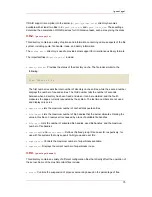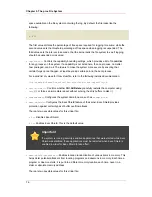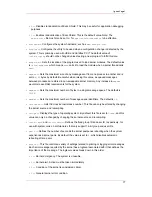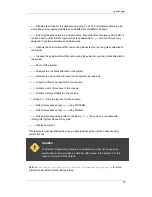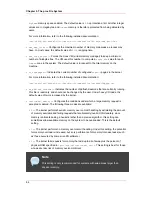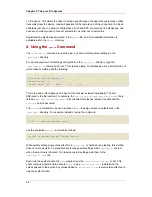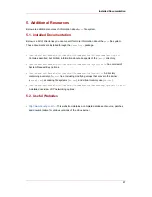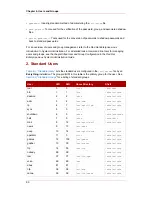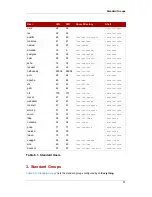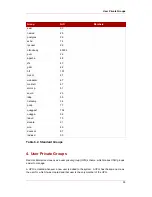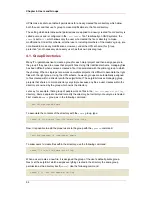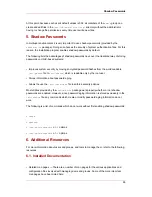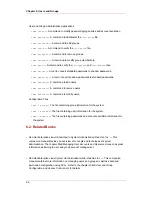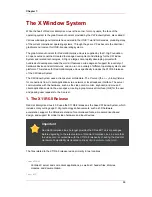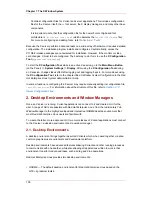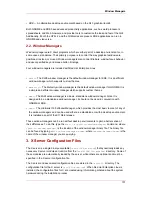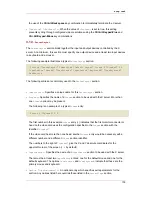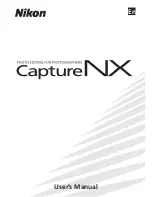
Users and Groups
The control of users and groups is a core element of Red Hat Enterprise Linux system
administration.
Users can be either people, meaning accounts tied to physical users, or accounts which exist
for specific applications to use.
Groups are logical expressions of organization, tying users together for a common purpose.
Users within a group can read, write, or execute files owned by that group.
Each user and group has a unique numerical identification number called a userid (UID) and a
groupid (GID) respectively.
A user who creates a file is also the owner and group owner of that file. The file is assigned
separate read, write, and execute permissions for the owner, the group, and everyone else. The
file owner can be changed only by the root user as well as access permissions can be changed
by both the root user and the owner of the file.
Red Hat Enterprise Linux supports access control lists (ACLs) for files and directories which
allow permissions for specific users outside of the owner to be set. For more information about
using ACLs, refer to the chapter titled Access Control Lists in the Red Hat Enterprise Linux
System Administration Guide.
Proper management of users and groups as well as the effective management of file
permissions are among the most important tasks a system administrator undertakes. For a
detailed look at strategies for managing users and groups, refer to the chapter titled Managing
User Accounts and Resource Access in the Red Hat Enterprise Linux Introduction to System
Administration guide.
1. User and Group Management Tools
Managing users and groups can be a tedious task, but Red Hat Enterprise Linux provides tools
and conventions to make their management easier.
The easiest way to manage users and groups is through the graphical application, User
Manager (
system-config-users
). For more information on User Manager, refer to the chapter
titled User and Group Configuration in the Red Hat Enterprise Linux System Administration
Guide.
The following command line tools can also be used to manage users and groups:
•
useradd
,
usermod
, and
userdel
— Industry-standard methods of adding, deleting and
modifying user accounts.
•
groupadd
,
groupmod
, and
groupdel
— Industry-standard methods of adding, deleting, and
modifying user groups.
Chapter 6.
89
Summary of Contents for ENTERPRISE LINUX 4.5.0 -
Page 1: ...Red Hat Enterprise Linux 4 5 0 4 5 0 Reference Guide ISBN N A Publication date ...
Page 2: ...Red Hat Enterprise Linux 4 5 0 ...
Page 4: ...Red Hat Enterprise Linux 4 5 0 ...
Page 24: ...xxiv ...
Page 26: ......
Page 36: ...12 ...
Page 72: ...48 ...
Page 112: ...88 ...
Page 122: ...98 ...
Page 140: ...116 ...
Page 142: ......
Page 300: ...276 ...
Page 318: ...294 ...
Page 320: ......
Page 332: ...308 ...
Page 350: ...326 ...
Page 378: ...354 ...
Page 388: ...364 ...
Page 394: ...370 ...
Page 395: ...Part IV Appendixes ...
Page 396: ......

